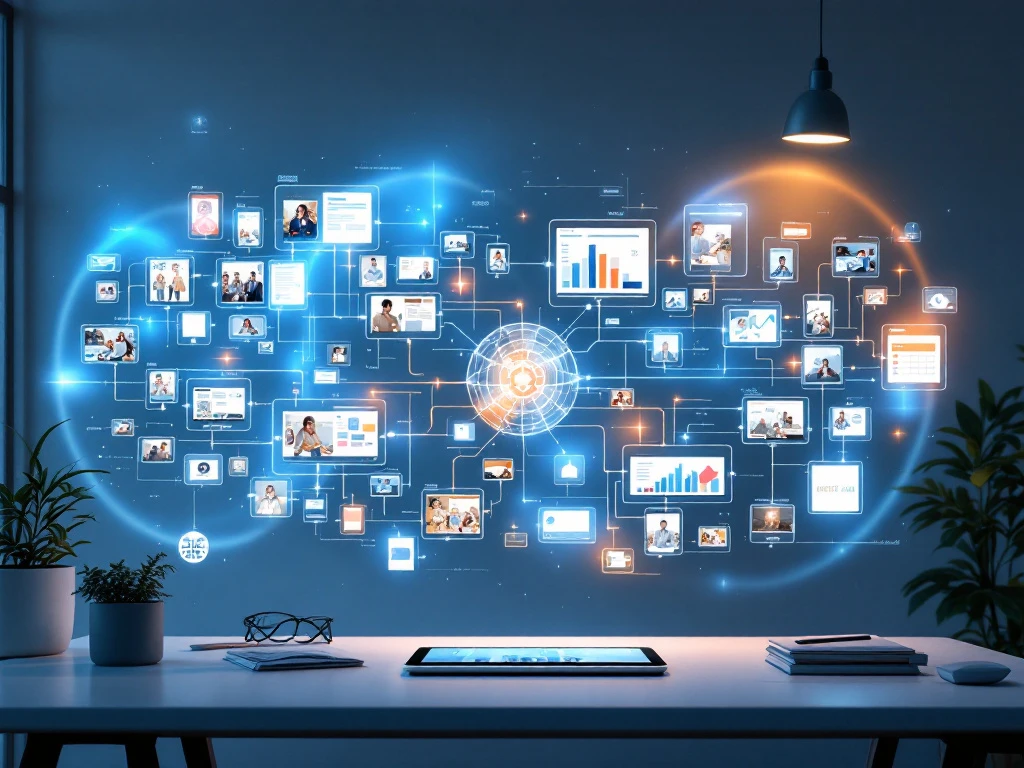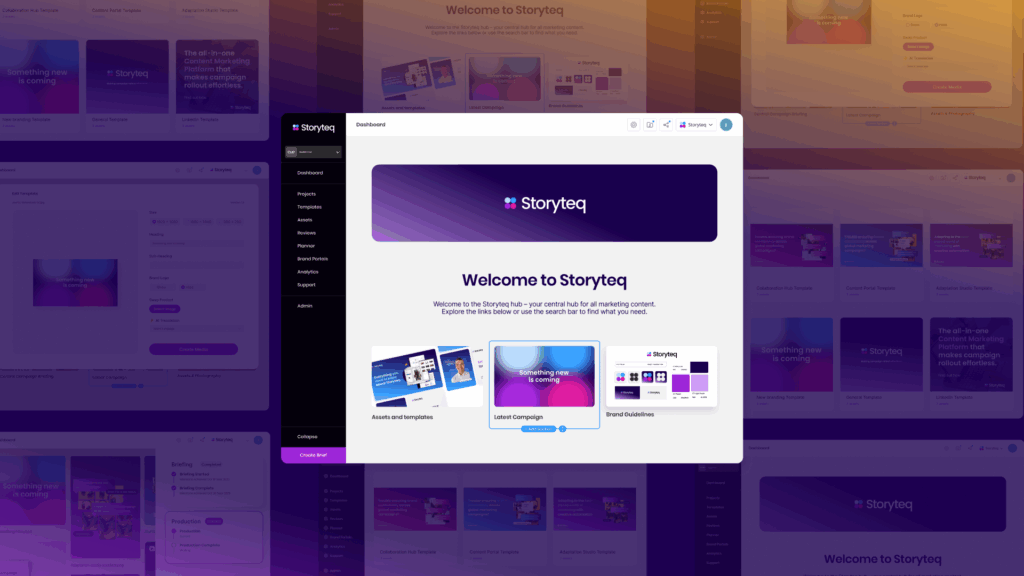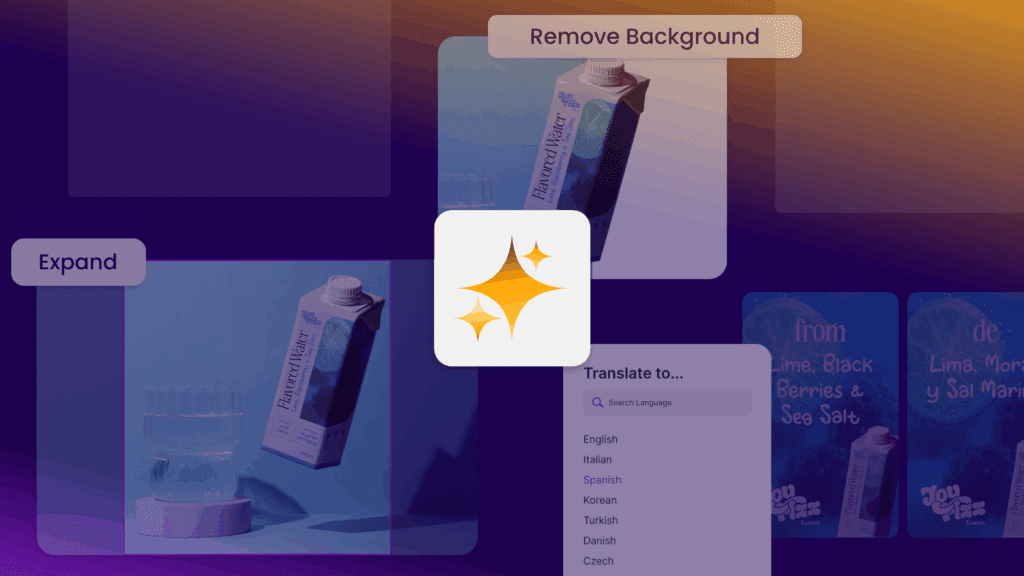What is digital asset management? Understanding the foundation of modern content workflows
Digital asset management (DAM) is a comprehensive system for organising, storing, retrieving, and distributing digital assets within an organisation. These assets typically include images, videos, documents, audio files, and other media that are crucial to content operations. Unlike traditional folder structures or shared drives, modern DAM systems provide structured frameworks with metadata, versioning control, and sophisticated search capabilities.
At its core, a DAM system functions as a centralised repository where teams can securely store, organise, and access digital content. This eliminates the chaos of scattered files across multiple platforms and devices, which often leads to duplication, version confusion, and wasted time searching for assets. How does this compare to traditional approaches? Consider this comparison:
| Traditional Content Management | Modern DAM-Based Approach |
|---|---|
| Manual file organisation in shared drives | Automated tagging and metadata-driven organisation |
| Email-based file sharing | Centralised access with permission controls |
| Manual version tracking | Automated versioning and history |
| Time-consuming asset searches | Advanced search functionality with filters |
| Siloed departmental storage | Cross-functional accessibility and collaboration |
Understanding key DAM terminology helps establish a foundation for optimising your content marketing workflows. Important concepts include metadata (descriptive information attached to assets), taxonomy (organisational structure), renditions (variations of assets for different channels), and permissions (access controls for different user groups).
Why reimagining content workflows matters for organisational efficiency
Traditional content workflows often suffer from several critical inefficiencies that directly impact business performance. The most common pain points include bottlenecks during review cycles, inconsistent version control, and the inability to quickly locate needed assets. These issues compound when working across teams, regions, or with external partners.
When content workflows are disjointed, the business impact is substantial. Research shows that creative professionals spend up to 40% of their time on administrative tasks rather than creating new content. This translates directly to reduced productivity, inconsistent brand representation, and delayed time-to-market for campaigns. Additionally, fragmented processes lead to duplicated effort and wasted resources.
Any sufficiently advanced workflow is indistinguishable from magic. When teams can find, edit, approve, and distribute content seamlessly, it transforms not just efficiency but creative potential itself.
Organisations that implement streamlined digital asset management systems report significant benefits. These include a 40% reduction in creative production time, improved collaboration across departments, and greater consistency in brand representation. By centralising assets and standardising workflows, companies can reallocate creative resources to higher-value activities rather than administrative overhead.
How do effective DAM systems transform content creation processes?
Modern DAM systems operate through several key functional mechanisms that fundamentally transform content creation. At their foundation is a sophisticated metadata framework that allows assets to be categorised, tagged, and made discoverable through multiple dimensions. This goes far beyond simple file names, incorporating information about usage rights, creation dates, campaigns, regions, and more.
The content workflow process in an effective DAM system typically follows these steps:
- Content creation and import – Assets are either created within integrated tools or imported with automated metadata extraction
- Metadata enrichment – Tags, categories, and descriptive information are added either manually or through AI assistance
- Review and approval – Stakeholders provide feedback and approvals directly on assets within the system
- Version management – The system maintains clear history and relationships between iterations
- Distribution and deployment – Approved assets are made available across channels with appropriate formatting
- Performance tracking – Usage and effectiveness data is collected and associated with the assets
Automation opportunities within DAM-integrated workflows are numerous. These include automatic format conversions for different channels, AI-powered tagging of visual content, scheduled content distribution, and templated asset creation. Each automation point reduces manual effort while improving consistency and reducing errors.
Implementing a DAM-centered workflow: A practical guide for content teams
Successfully transitioning to a DAM-optimised workflow requires a structured approach that begins with thorough assessment of your current state. Start by documenting existing pain points, identifying key stakeholders, mapping current processes, and cataloguing the types of assets your organisation manages. This foundation allows you to develop requirements that address actual needs rather than assumed ones.
During the planning phase, focus on these critical implementation components:
| Implementation Component | Key Considerations |
|---|---|
| Metadata Structure | Define taxonomies and tagging systems that reflect how users search |
| Asset Migration Strategy | Prioritise assets based on relevance and establish quality control |
| User Training Plan | Create role-specific training materials and support resources |
| Integration Requirements | Map connections to existing design tools and distribution channels |
| Governance Framework | Establish rules for asset lifecycle management and access controls |
Change management is critical when implementing new workflow systems. Resistance often stems from habit and fear of the unknown rather than actual issues with the new system. Address this by involving end-users in the planning process, communicating clear benefits, providing adequate training, and celebrating early wins to build momentum.
The future of content workflows: Emerging trends in digital asset management
The DAM landscape is rapidly evolving with new technologies reshaping capabilities and expanding possibilities. AI-powered asset management is perhaps the most transformative trend, with machine learning algorithms now capable of automatically tagging images based on content, suggesting metadata, transcribing audio, and even recommending related assets based on past usage patterns.
Cross-platform content distribution frameworks are becoming increasingly sophisticated, with DAM systems now serving as content hubs that can automatically adapt assets for different channels. This includes not only resizing and reformatting but also intelligent content adaptation that considers the unique requirements and audience expectations of each platform.
We at Storyteq are pioneering next-generation content workflow solutions that integrate these emerging technologies. Our platform combines centralised asset management with intelligent workflow automation, enabling teams to maintain brand consistency while dramatically accelerating content production. By connecting DAM functionality with review tools, template systems, and distribution channels, we’re helping leading brands transform their content operations from fragmented processes into streamlined, data-informed workflows.
Ready to transform your content workflows with advanced digital asset management? Request a demo today to see how our platform can help you create, manage, and distribute content more efficiently than ever before.



